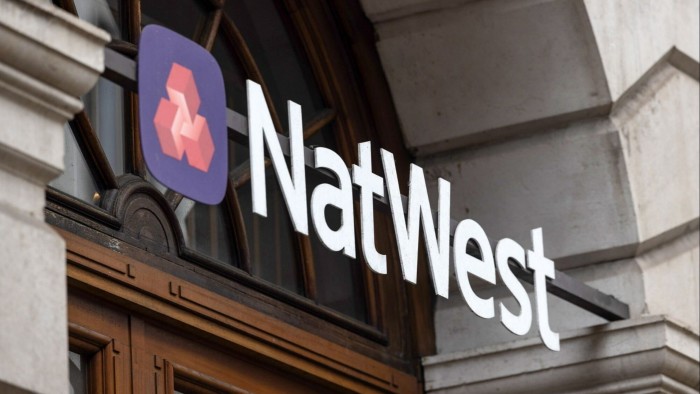Unlock the Editor’s Digest for free
Roula Khalaf, Editor of the FT, selects her favourite stories in this weekly newsletter.
The UK government has sold the last of its stake in NatWest, returning the bank fully to private hands 17 years after its £46bn bailout at the height of the financial crisis.
The final sale by the government, which took an 84 per cent stake in what was then the Royal Bank of Scotland through two rescue financings in 2008 and 2009, came as NatWest’s shares this month returned above the bailout price for the first time since 2011.
The government had accelerated its selldown of NatWest shares in recent months. Its stake fell below 1 per cent earlier this month, down from 38 per cent in December 2023.
The taxpayer rescue of RBS was one of the world’s biggest bailouts and a defining moment of the financial crisis in the UK, placing a heavy burden on the public purse and fuelling resentment against bankers.
The Treasury has received £35bn through share sales, dividends and fees — £10.5bn less than it paid to rescue the bank, having accepted over the past decade that it would never recover the full cost.
“Nearly two decades ago, the then government stepped in to protect millions of savers and businesses from the consequences of the collapse of RBS,” said UK chancellor Rachel Reeves. “That was the right decision then to secure the economy, and NatWest’s return to private ownership turns the page on a significant chapter in this country’s history.”
NatWest chair Rick Haythornthwaite said the bank was “deeply grateful to the government — and to UK taxpayers — for their intervention and support”.
“At a time of global crisis, this intervention stabilised our banking system and, by extension, our economy; protecting millions of savers, homeowners and businesses,” he added.
RBS, which was renamed NatWest in 2020, collapsed a year after it bought Dutch bank ABN Amro in a £49bn deal that saddled the lender with toxic, mortgage-backed securities.
The scale of the crisis and the subsequent government ownership necessitated an overhaul of the bank’s strategy, shrinking RBS from the largest bank in the world by assets to a domestic lender.
Almost all of the bank’s total income was generated in the UK in 2024, compared with 62 per cent in 2007.
The UK government was much quicker to return rival Lloyds Banking Group to private hands after its £20.3bn crisis-era rescue.
Unlike with NatWest, this reprivatisation generated a return for taxpayers. The government fully exited Lloyds in 2017, having recouped all its bailout costs as well as an additional £900mn.
Although NatWest returned to profitability in 2017 and restored its dividend the following year, the government has waited until now to fully exit the bank because of a combination of political uncertainty and a long period of very low interest rates that held back European bank share prices.
NatWest shares have climbed almost 70 per cent in the past year, as higher interest rates restored European banking stocks to favour with investors.
The Treasury briefly halted its selldown because of market turmoil after US President Donald Trump’s tariff announcements, according to people familiar with the details, when the bank’s share price fell below the minimum price at which the government was willing to sell.
The government’s exit could pave the way for NatWest to adopt a more aggressive strategy because the bank will be able to spend surplus cash more imaginatively than through buying back shares from the government.
Paul Thwaite, the chief executive who has run the bank since 2023, has signalled his desire to make acquisitions. The Financial Times has previously reported that Santander rejected an £11bn bid from NatWest for its UK retail bank earlier this year.
https://www.ft.com/content/ede5be67-7623-448a-8f4e-ca8bde6aed95


